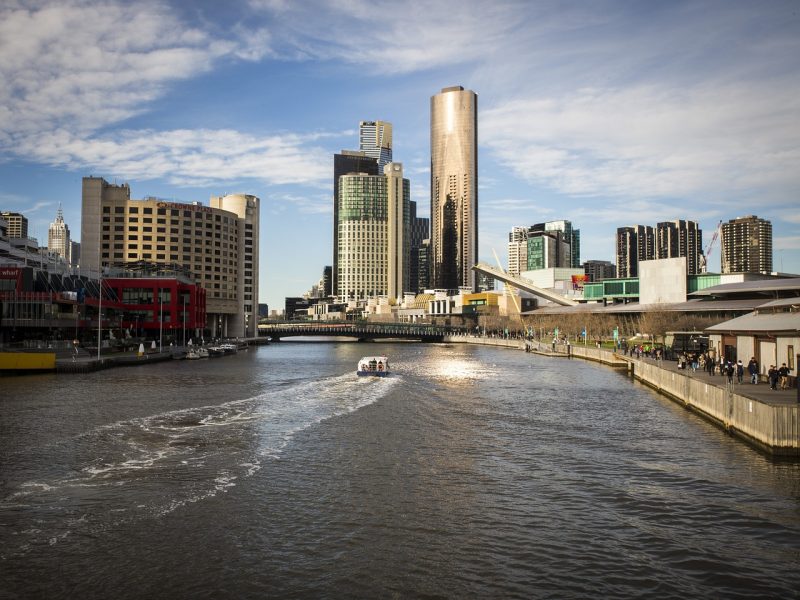Architectural Designs for Urban Flooding Mitigation and Efficient Stormwater Management
26 March 2024
Explore architectural designs for urban flood mitigation. Optimise stormwater management with experts from GHP. Reach out to us now for more information!
As climate change continues to wreak havoc, urban areas are becoming increasingly vulnerable to the devastating effects of flooding. With rising sea levels and more frequent extreme weather events, cities around the world are facing the urgent need to adapt and implement effective strategies to mitigate the impact of urban flooding. In this article, we’ll explore innovative architectural designs that not only address the challenge of urban flooding but also promote efficient stormwater management.
The Growing Challenge of Urban Flooding
Urban flooding is a significant issue that can cause widespread damage, disrupt essential services, and pose serious risks to public safety. As cities continue to expand and urbanise, the impervious surfaces increase, reducing the ability of the ground to absorb water. This, combined with aging infrastructure and inadequate drainage systems, exacerbates the problem. Furthermore, the effects of climate change, such as rising sea levels and intense rainfall, compound the risk of urban flooding, making it a pressing concern for cities worldwide.
Innovative Architectural Designs for Flood Mitigation
Architects and urban planners from GHP are at the forefront of developing innovative solutions to tackle the challenge of urban flooding. Here are five innovative architectural designs that showcase the ingenuity and forward-thinking approach to flood mitigation and stormwater management:
• Floating Cities and Amphibious Architecture: Designed to adapt to rising water levels, floating cities and amphibious architecture involve structures that can float or elevate during flood events. These designs leverage buoyancy principles and incorporate resilient materials to withstand the impact of water.
• Green Infrastructure and Permeable Surfaces: By incorporating green infrastructure elements like rain gardens, bioswales, and permeable pavements, cities can reduce stormwater runoff and promote natural infiltration. These designs mimic the natural water cycle and provide sustainable solutions for stormwater management.
• Elevated Structures and Floodable Parks: Elevating buildings and creating floodable parks can provide designated areas for water to accumulate during flood events. These designs minimise the impact on critical infrastructure and allow for controlled water management.
• Resilient Building Materials and Flood-Resistant Design: Architects are exploring the use of resilient building materials and incorporating flood-resistant design principles. These include elevated electrical systems, waterproof membranes, and strategic placement of essential utilities to minimise damage during flooding.
• Integrated Water Management Systems: By integrating water management systems into the architectural design, cities can effectively capture, store, and treat stormwater. These systems may include rainwater harvesting, greywater recycling, and on-site treatment facilities, contributing to sustainable water management practices.
As urban areas continue to face the challenges posed by climate change and increased urbanisation, innovative architectural designs are essential for mitigating the impact of urban flooding and promoting efficient stormwater management. By embracing these cutting-edge solutions, cities can enhance their resilience, protect infrastructure and communities, and pave the way for a more sustainable future.
If you’re looking for architectural design services in Australia that can help mitigate urban flooding and implement efficient stormwater management strategies, consider GHP, a leading firm dedicated to creating innovative and sustainable solutions for the built environment.
Optimized by: Netwizard SEO
